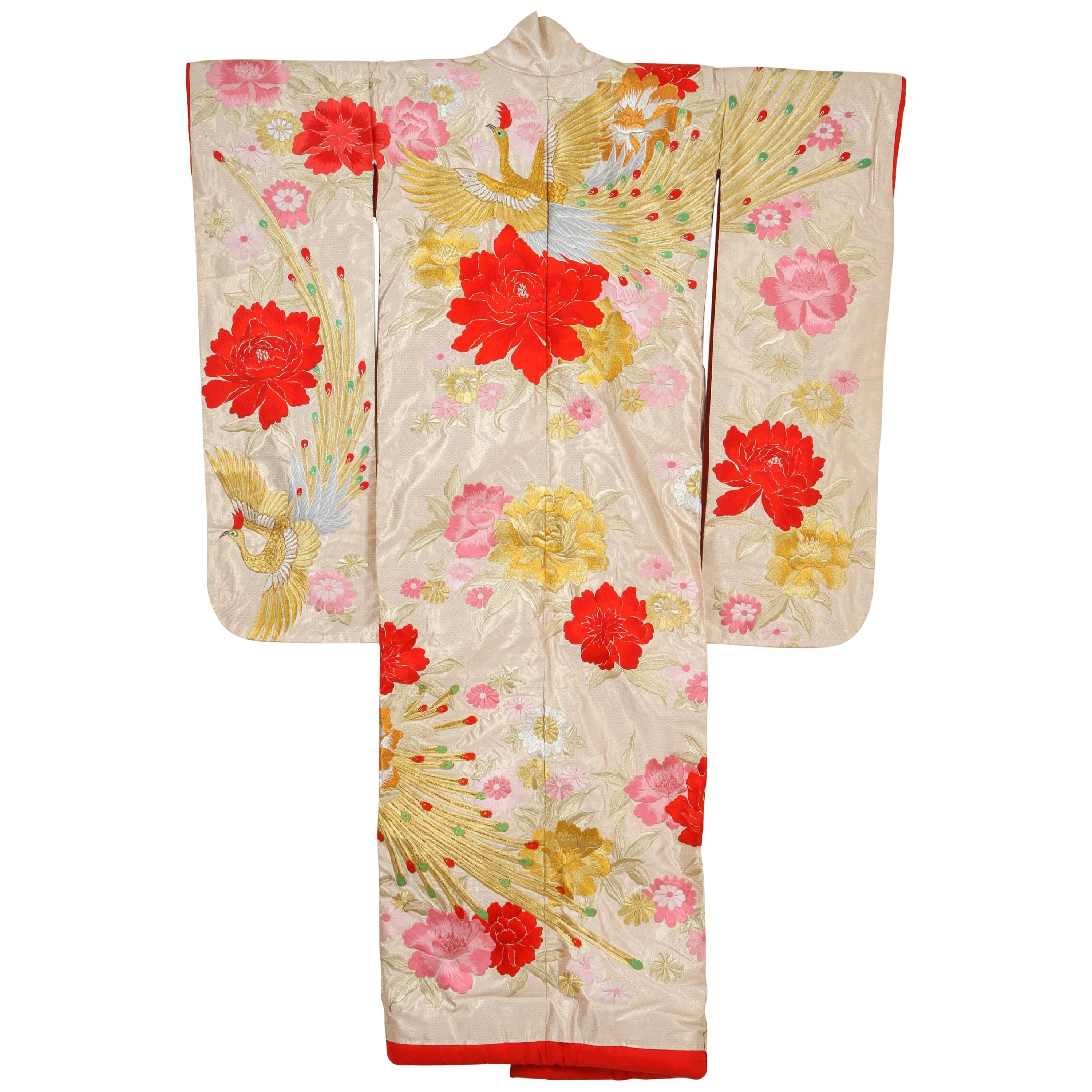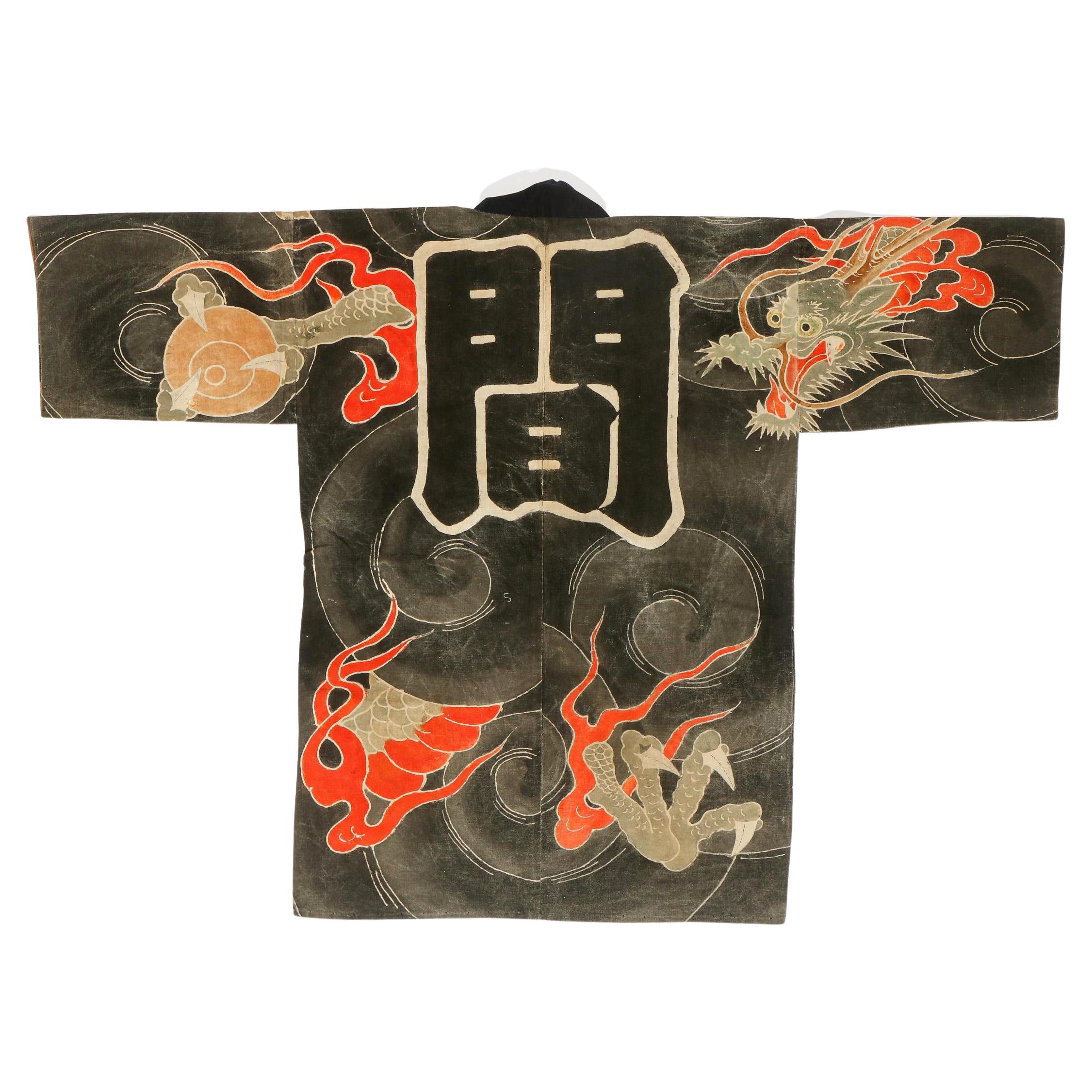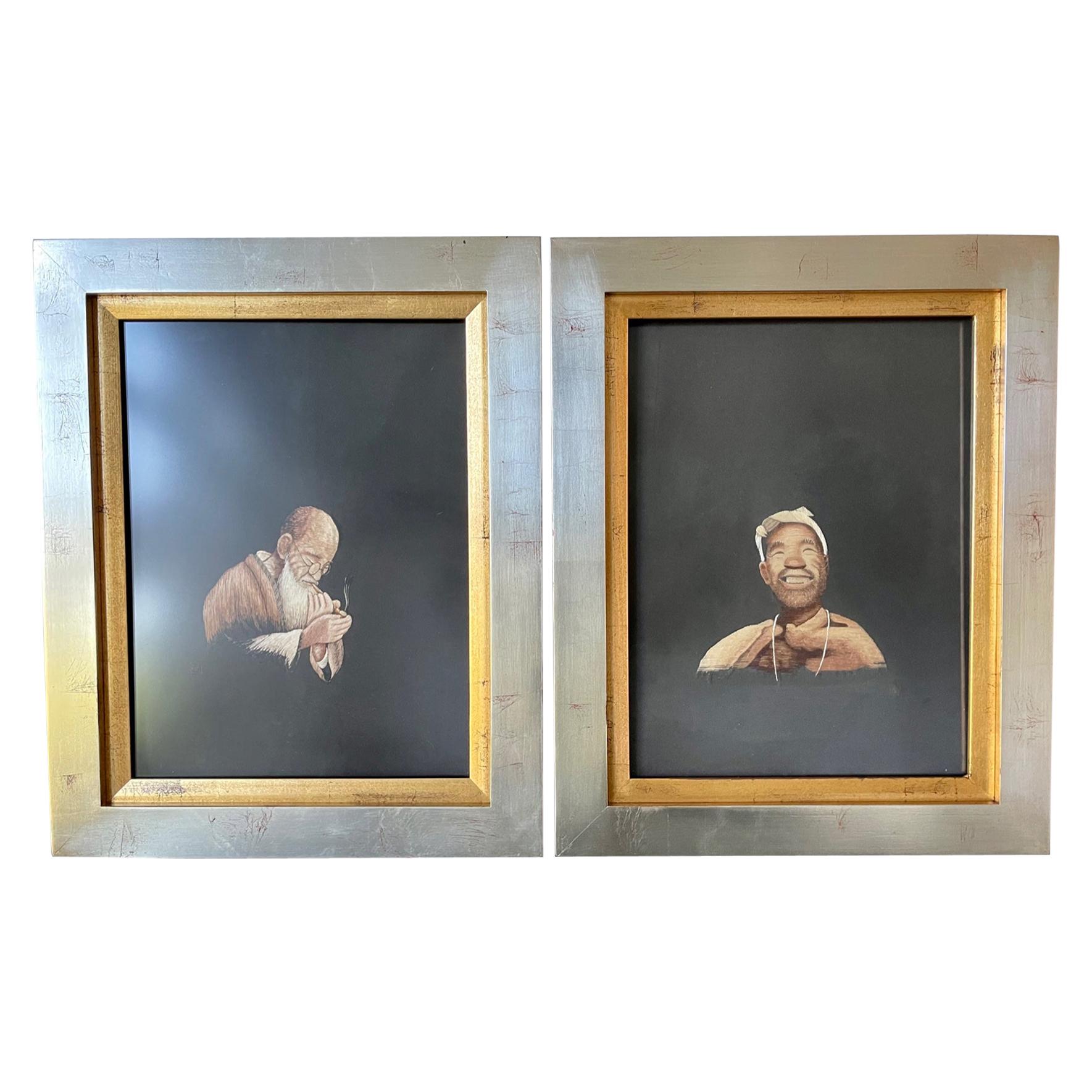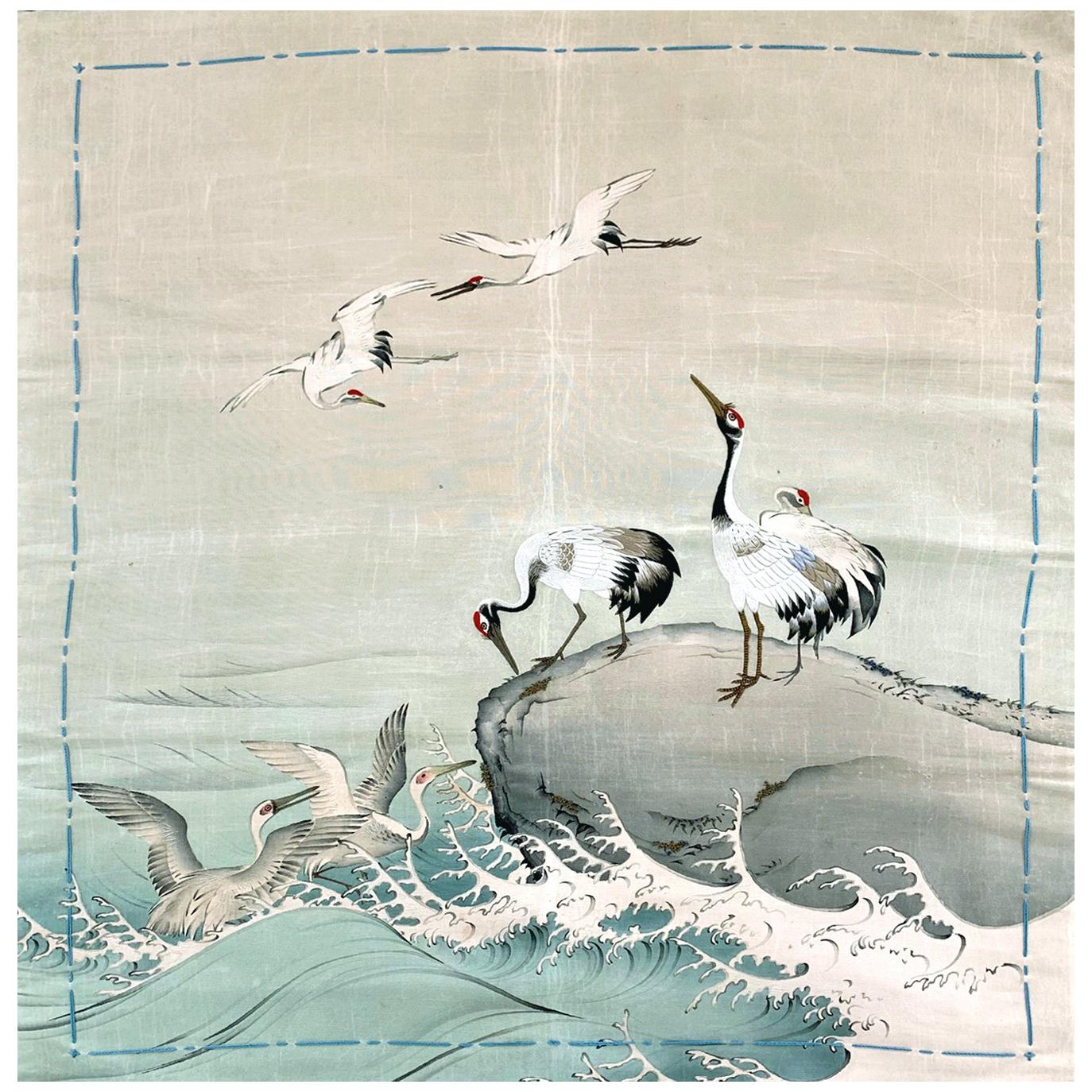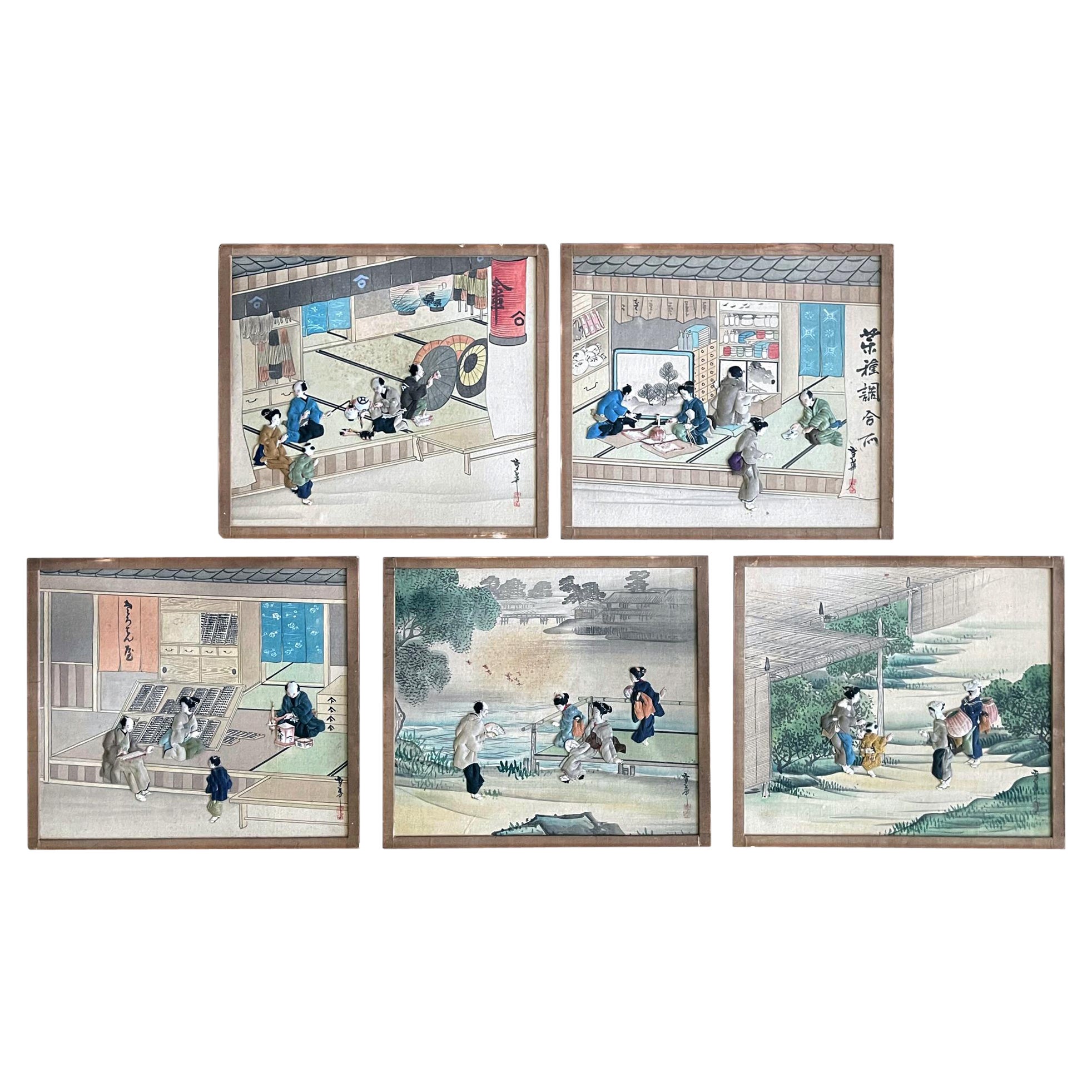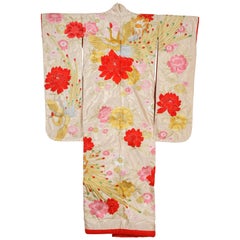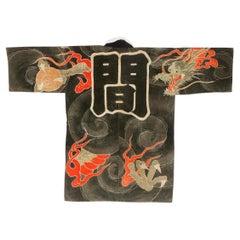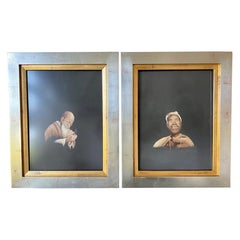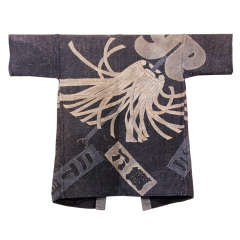
Japanese Fireman's Coat with Matoi (Fire Banner)
View Similar Items
1 of 10
Japanese Fireman's Coat with Matoi (Fire Banner)
About the Item
- Dimensions:Height: 41 in (104.14 cm)Width: 51 in (129.54 cm)
- Place of Origin:
- Period:
- Date of Manufacture:Late Edo Period (Mid-19th century).
- Condition:Some minor fading/wear (consistent with age). Otherwise, the coat is in very good condition.
- Seller Location:Seattle, WA
- Reference Number:Seller: LA110061stDibs: 1105278657276
You May Also Like
- Vintage Japanese Ceremonial Kimono Gold Brocade with Flying CranesLocated in North Hollywood, CAA vintage Mid-Century ivory color silk brocade collectable Japanese ceremonial kimono. One of a kind hand crafted. Fabulous museum quality ceremonial piece in pure silk with intricat...Category
20th Century Japanese Japonisme Textiles
MaterialsSilk
- Antique Japanese Shirushi-Banten Fireman Jacket Edo PeriodLocated in Atlanta, GAA Japanese Shirushi-Banten (Fireman's Coat) circa 19th century of Edo Period. The robe was made from a heavy cotton fiber and decorated with a dramatic dragon in the dark cloud scheme using Tsutsugaki, a free-hand resist dye method. A dragon with claws clenching pearls and red-orange fire motifs was artistically depicted slithering in and out of dark swirling clouds from the front to the back of the robe. The spatial composition was superb as well as the stylized motion. The indigo blue colored neck lapel bears scription indicating the location of where the robe belonged: the Kannon-Ji of Magino District (The Temple of Kannon; In Japan, the goddess of mercy Guanyin was known as Kannon). This temple is located in Higashine City of Yamagata Prefecture in Northern Japan. On the back, there is a large Kanji Character "Space" in the center, matching the first symbol of the location "Magino" in the front. It is likely that instead of a functional fire-fighting gear, the robe was used in festival parade by firemen, perhaps sponsored by the temple for the town event. When fully extended as shown in photo 1 and 2, it measures 50" W x 37" H. A beautiful and well-preserved sample of Japanese textile art.Category
Antique 19th Century Japanese Japonisme Textiles
MaterialsTextile
- Pair of Framed Japanese Embroidery Art PortraitsLocated in Atlanta, GAArtistically framed for display in a slight shadow frame with non-reflective pixie glass, these pair of embroidery art panels from Japan are dated circa 1910-1930s, end of Meiji to early Taisho period. This period was the peak of the Japanese oversea expositions, when all things Japonisme took Europe and America by storm and left long-lasting impact on western art and design. The influence, however, was clearly not one-directional; As when Japanese artists, artisans and dealers experienced western art, it in turn inspired and impacted on the aesthetics of the Japanese art made for the western tastes. An interesting crop of art forms quickly emerged with a particular outlook that bridged the east and west, with the fundamental techniques still rooted in Japanese traditions. These rare hyper-realistic embroidered portraits were such an example. They took the essential format of the western portrait that permeated the Victoria and Edwardian Society, but substituted with exotic Japanese subjects and executed in traditional embroidery techniques which had been perfected for centuries by the natives. The two portraits on offer, one an elder man with long white beards and a pair of round spectacles lighting a pipe, and the other a grinning man with a peasant attire, were both set in black background, stimulating an appearance of Classic western oil painting or perhaps even the photograph. The fine stiches were maneuvered into an impressively hyper-realistic imagery that was far removed from the traditional Japanese embroidery...Category
Early 20th Century Japanese Japonisme Textiles
MaterialsSilk, Wood
$6,000 / set - Vintage Kimono Silk Brocade Japanese Ceremonial 1970Located in North Hollywood, CAA vintage Mid-Century ivory color silk brocade collectable Japanese ceremonial kimono. One of a kind. Fabulous museum quality ceremonial kimono in pure silk with intricate detailed h...Category
20th Century Japanese Japonisme Textiles
MaterialsSilk
- Beautiful Art Deco Style Japanese Ceremonial KimonoLocated in Atlanta, GAA truly beautiful Japanese ceremonial kimono, circa 1930-60s in an oriental Art Deco style. White silk textured background with elaborate and intricate embroidery in colors, silver a...Category
20th Century Japanese Japonisme Decorative Art
MaterialsTextile
$1,800 Sale Price30% Off - Japanese Antique Fukusa Textile Art Meiji PeriodLocated in Atlanta, GAA Japanese silk Fukusa panel circa late 19th-early 20th century of Meiji Period. The front was beautifully decorated with Yuzen-zome, a labor intensive resist-dye technique invested ...Category
Early 20th Century Japanese Japonisme Textiles
MaterialsSilk, Beads
Recently Viewed
View AllMore Ways To Browse
Antique Tattoo
Japanese Banner
Antique Firemans
Antique Fireman
Antique Tattoo Art
Fire Brigade
Japanese Sashiko
Japanese Fireman
Japanese Sashiko Stitch
Japanese Fireman Coat
Cloth Sofa
Large Needlework
Bed Cover Textiles
Hand Embroidery Designs Vintage
Large Suzani
Large Bed Covers
Chinese Silk Embroidered
Embroidered Silk China
